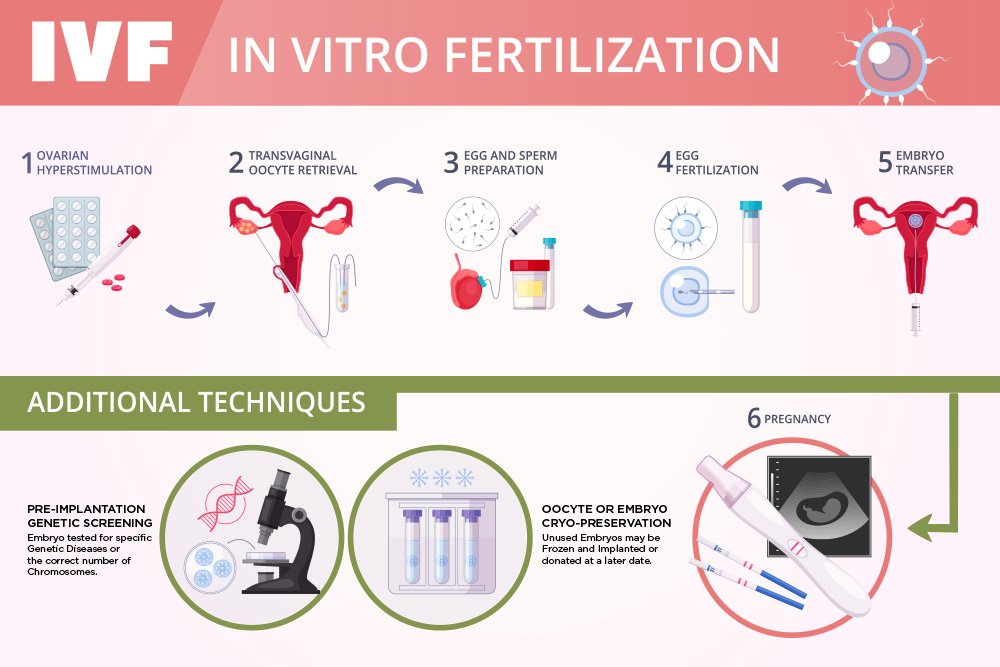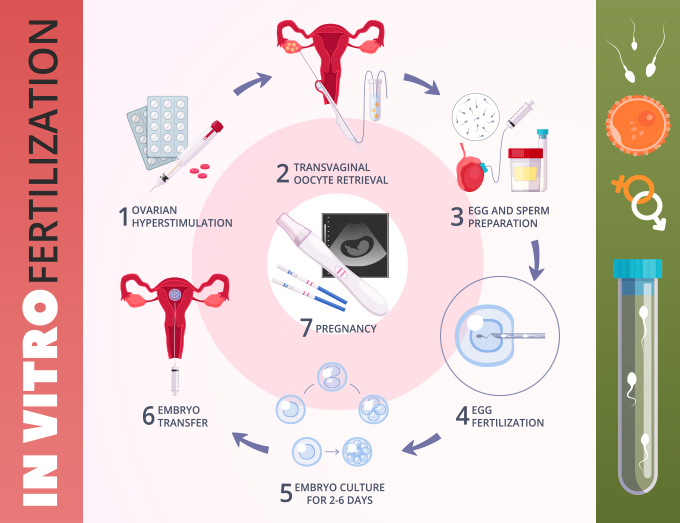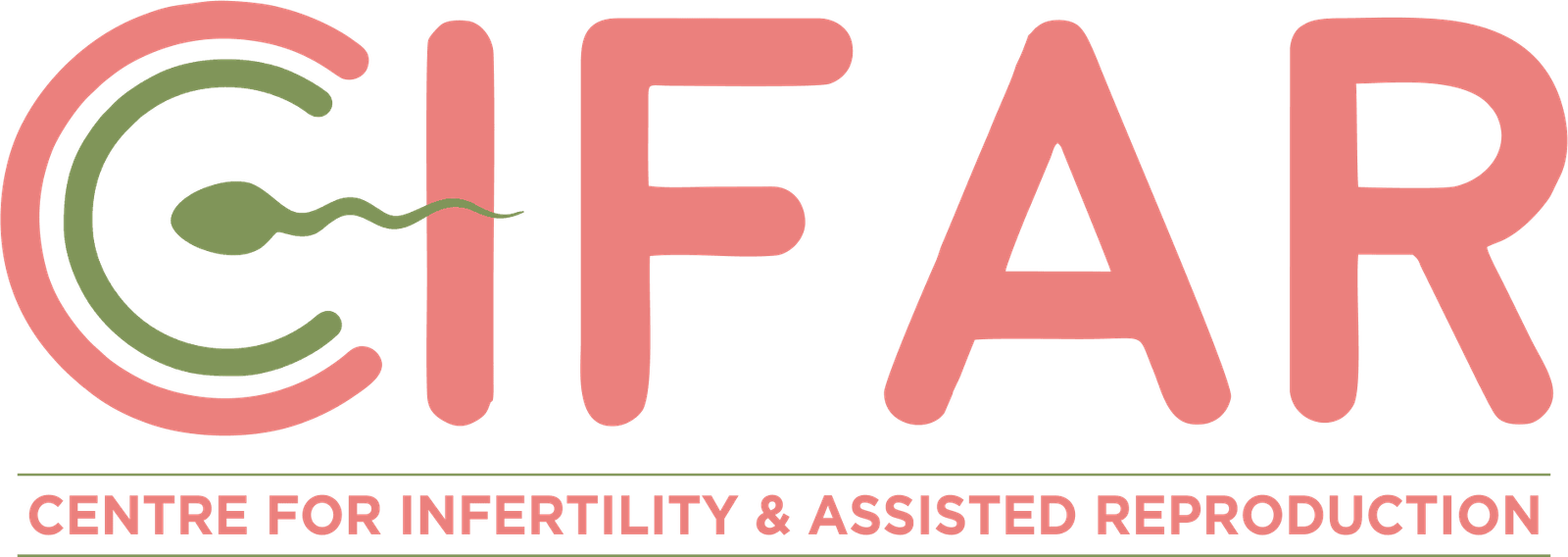What is In-Vitro Fertilization?
In-Vitro fertilization or IVF is the most effective and successful assisted reproductive technology (ART) procedure giving maximum clinical pregnancy rate per month. Now, a commonly popular term and a widely used procedure; IVF has come a long way from being the mysterious procedure which created the test tube babies.
Unlike the simpler process of artificial insemination — in which concentrated sperm is placed in the uterus and conception is allowed to happen as naturally as possible– IVF involves combining eggs and sperm outside the body in the laboratory.
Once the embryo develops after fertilization then it is placed inside the uterus. The procedure could be done using the parents’ own egg or sperm or that of a donor. In case of inability to carry an embryo in the uterus, a gestational carrier (someone who has the embryo implanted inside their uterus) is used.

Application and Procedure of IVF
IVF treatment is used mainly in following cases:-
- Tubal disease.
- Endometriosis- A disorder in which tissue similar to the tissue that normally lines the inside of your uterus — the endometrium — grows outside your uterus)
- Low sperm count
- Ovulation problems
- Unexplained infertility- It is a condition when there is no obvious cause of infertility present.
- Unreceptive cervical mucus- In this case the mucus that surrounds the cervix prevents sperm from getting into your uterus and fallopian tubes.
IVF is never the first-choice treatment for infertility except in case of complete fallopian blockage. It is used for cases in which other methods such as fertility drugs, surgery, and artificial insemination haven’t worked.
The foremost step in IVF involves injecting hormones so you produce multiple eggs each month instead of only one. The eggs are retrieved right after the ovulation starts. After the retrieval, your eggs will be mixed in the laboratory with your partner’s sperm, which is collected on the same day.
It takes a few days for the embryo to develop and then it is implanted in your uterus or the carriers’ uterus via a catheter. Usually only one or two embryos are implanted, but some experts insist on at least three embryos to be transferred for better results. But, this can cause the side effect of multiple pregnancy which can be dangerous for you and the baby.

Complications and Side effects
The complexity of In-vitro fertilization and the use of hormone injections and medications can result in some complications such as:-
- Multiple pregnancies– As discussed earlier, it happens when more than one embryo is implanted in the uterus. Although there have been advancements like the use of blastocyst culture and use of PGT–A (preimplantation genetic testing for aneuploidies); to increase the efficacy of single embryo
- OHSS- Ovarian Hyperstimulation Syndrome is caused due to overabundance of hormones due to hormone injections being part of the IVF procedure. It causes the ovary to swell up and leak fluids.
- Miscarriage
- Ectopic Pregnancy– It is caused when the embryo gets implanted in the fallopian tube instead of the uterus. It can cause severe problems including copious internal bleeding.
Embark on your fertility treatment with the pre-eminent fertility specialist in Gurugram, India- Dr. Puneet Arora. Dr. Puneet’s fertility clinic in Gurgaon boasts best-in-class facilities for IVF treatment. Your dream of extending your happy family is bound for success under her and her qualified team’s expert advice and care.
How much does IVF cost in Gurgaon?
Various factors are considered before deciding the overall cost of IVF treatment.
Usually, IVF treatment’s cost varies depending on the following elements:
1. Number of IVF cycles in order to achieve successful conception.
2. The IVF consultation fee which in turn depends on years of expertise of Fertility & IVF specialist and their team.
3. Hospital/Fertility Clinic treatment Facility
4. Embryology labarotary charges
5. Freezing of embryos/sperms/eggs expenses
6. Types of Preoperative diagnostic test costs
7. Advances tests to find out the reason for infertility and also where there are multiple IVF failures.
Meet Our Professional


